Understanding Fiber Optic Connections How They Revolutionize Internet Speed and Reliability
In today’s fast-paced digital landscape, the demand for
high-speed and
dependable internet connectivity is at an all-time high.
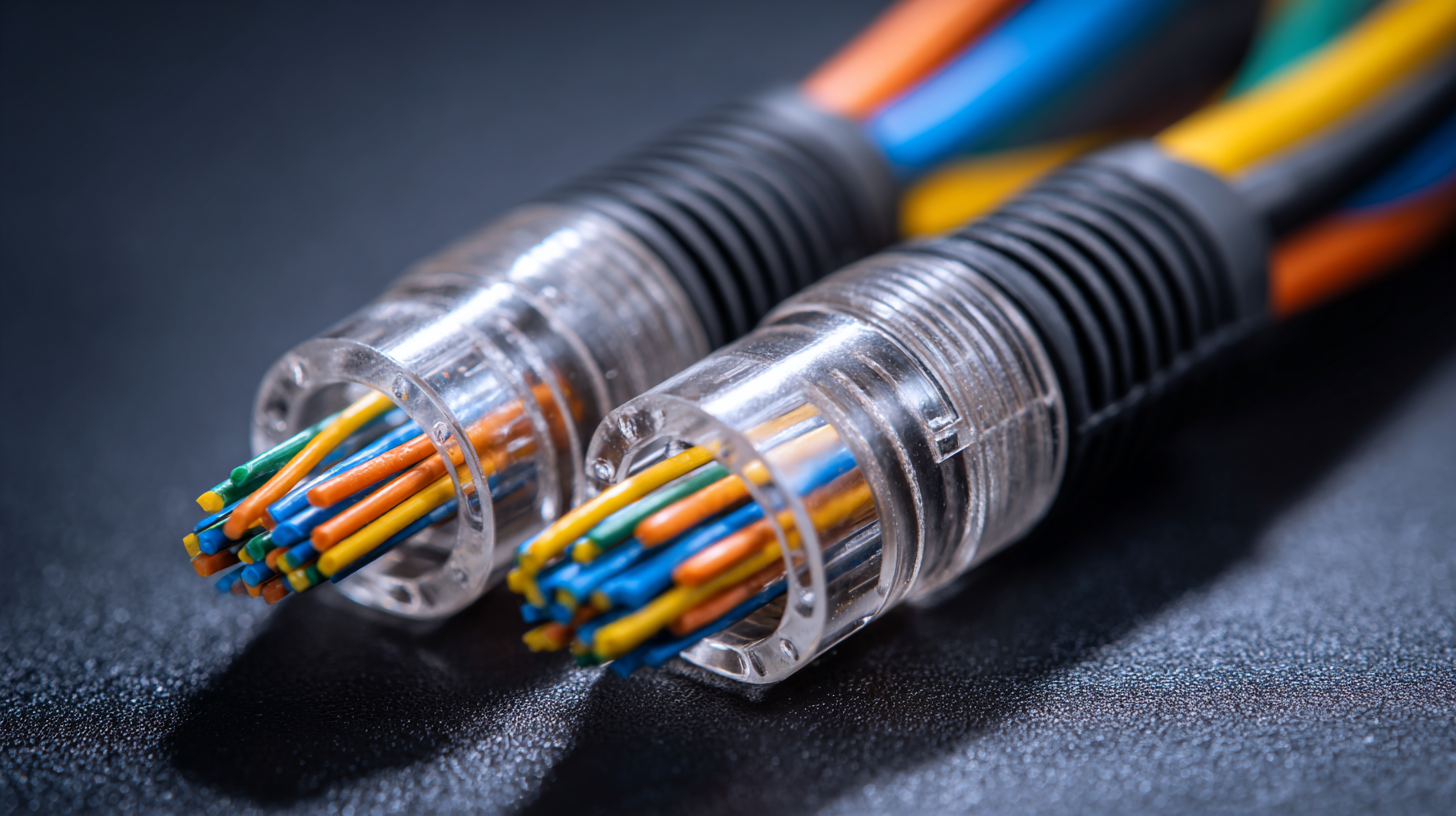 Fiber optic connections have emerged as a
groundbreaking technology that significantly enhances internet performance,
delivering speeds up to 1 Gbps or more, according to the 2022 Fiber Optic Association report.
Studies indicate that fiber optic networks can provide internet speeds that are up to
100 times faster than traditional copper wires,
transforming how businesses and households engage with online content.
Notably, a report from the
International Telecommunication Union highlights that countries deploying
fiber optic infrastructure have seen increased broadband penetration and improved service reliability.
As we delve into the intricacies of fiber optic connections, we will explore how they are reshaping the
telecommunications landscape, driving
innovation, and meeting the soaring demands for faster and more reliable internet services.
Fiber optic connections have emerged as a
groundbreaking technology that significantly enhances internet performance,
delivering speeds up to 1 Gbps or more, according to the 2022 Fiber Optic Association report.
Studies indicate that fiber optic networks can provide internet speeds that are up to
100 times faster than traditional copper wires,
transforming how businesses and households engage with online content.
Notably, a report from the
International Telecommunication Union highlights that countries deploying
fiber optic infrastructure have seen increased broadband penetration and improved service reliability.
As we delve into the intricacies of fiber optic connections, we will explore how they are reshaping the
telecommunications landscape, driving
innovation, and meeting the soaring demands for faster and more reliable internet services.
Exploring the Fundamentals of Fiber Optic Technology
Fiber optic technology represents a significant advancement in data transmission, fundamentally transforming how we connect to the internet. At its core, fiber optics utilize strands of glass or plastic to transmit information as light signals. This method allows for vast amounts of data to be sent over long distances with minimal loss of quality. Unlike traditional copper cables that suffer from interference and attenuation, fiber optics provide a clearer signal, enabling higher bandwidth capabilities. This technology is crucial for supporting the increasing demand for bandwidth brought on by streaming services, cloud computing, and the Internet of Things (IoT).
Moreover, the structure of fiber optic cables contributes to their reliability and speed. They are immune to electromagnetic interference, making them ideal for environments with fluctuating electrical signals. The process of light transmission through fiber not only enhances the speed of data delivery but also minimizes the latency that users experience. As more households and businesses adopt fiber optic connections, the shift towards this technology is setting new standards for internet performance, reinforcing the importance of robust, high-speed connectivity in our increasingly digital world.
Key Components of Fiber Optic Connections and Their Roles
Fiber optic connections are revolutionizing internet speed and reliability by utilizing key components that facilitate the transmission of data at unprecedented rates. At the core of this technology are fiber optic cables, which consist of extremely thin strands of glass or plastic that carry information as bursts of light. The optimization of these cables is crucial for enhancing the efficiency and cost-effectiveness of internet infrastructure. Recent developments in sourcing, labor, and logistics have underscored the growth of fiber optic initiatives, as cities and countries strive to enhance their digital capabilities.
Additionally, critical components like transceivers, connectors, and amplifiers play essential roles in fiber optic systems. These components work together to ensure seamless data transfer across long distances, reducing latency and bolstering reliability. As the demand for high-speed internet continues to soar, markets for fiber optic components are also expanding significantly. Innovations such as the all-in-one chip developed for quantum internet applications further illustrate the potential for fiber optics to not only support current internet demands but to also pave the way for future technologies.
Comparing Fiber Optic and Traditional Internet Connections
Fiber optic connections have transformed the landscape of internet connectivity, offering advantages that traditional copper wires simply cannot match. The primary distinction lies in the medium through which data is transmitted. While traditional broadband technology, such as DSL or cable, relies on electrical signals traveling through copper wires, fiber optics utilize light pulses transmitted through glass or plastic fibers. This fundamental difference not only enhances speed but also improves reliability, as fiber optics are less susceptible to electromagnetic interference and physical disruptions.
In terms of speed, fiber optic internet can deliver gigabit-level speeds, which are significantly faster than those typically achievable with traditional connections. This capacity allows for seamless streaming, quicker downloads, and better performance for multiple users simultaneously. Furthermore, fiber optics exhibit greater bandwidth potential, meaning they can handle a larger amount of data at once. Reliability is another key factor; fiber optic cables are less prone to outages related to weather conditions or other external factors, providing a more stable and consistent internet experience. As demand for faster and more reliable internet continues to grow, fiber optics stand out as the superior choice for modern internet connections.
Understanding Fiber Optic Connections: Internet Speed and Reliability
Impact of Fiber Optics on Internet Speed and Data Transfer Rates
In recent advancements, Japan has set a new benchmark in internet speed with an astonishing 1.02 petabits per second, a feat achieved using standard fiber optic cables. This unprecedented transfer rate equates to downloading an entire library of services, such as Netflix, in a mere second. The strategic deployment of fiber optics has proven to be transformative, fundamentally enhancing both internet speed and data transfer rates, vital for supporting next-generation technologies like AI, VR, and IoT.
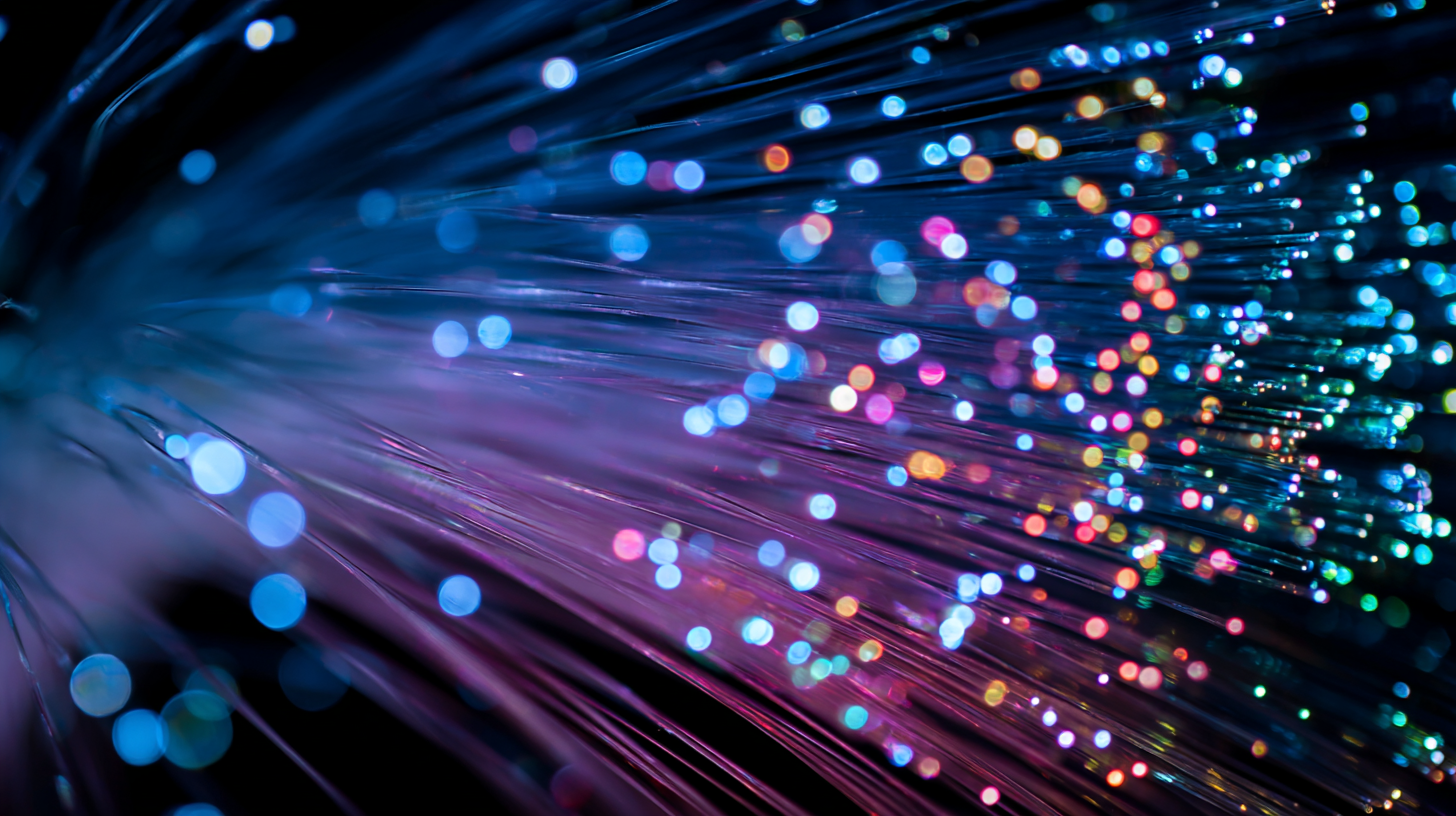 According to market analysis reports, the fiber optic components market is projected to grow significantly, driven by the increasing demand for high-speed data transmission. Components such as transceivers, receivers, and cables are essential in facilitating these enhanced capabilities. Tips for optimizing fiber optic performance include ensuring proper installation techniques and regular maintenance checks to mitigate any signal loss or degradation, which are critical to achieving maximum speeds.
According to market analysis reports, the fiber optic components market is projected to grow significantly, driven by the increasing demand for high-speed data transmission. Components such as transceivers, receivers, and cables are essential in facilitating these enhanced capabilities. Tips for optimizing fiber optic performance include ensuring proper installation techniques and regular maintenance checks to mitigate any signal loss or degradation, which are critical to achieving maximum speeds.
As the global digital landscape shifts towards more demanding applications, innovations like Japan's record-setting speeds underscore the need for robust fiber optic infrastructure. High-performance data transfer not only fulfills current requirements but also sets the stage for future connectivity demands.
The Future of Fiber Optic Technology in Global Internet Infrastructure
 The future of fiber optic technology is poised to reshape global internet infrastructure significantly. With a projected growth of the global DWDM market from $13.87 billion in 2025 to $24.45 billion by 2032, the compound annual growth rate of 8.4% highlights the increasing reliance on fiber optics as a foundational element in modern digital economies. As fiber optics become integral to artificial intelligence-driven innovations, their role transcends mere data transmission, establishing them as essential as electricity and processors in supporting AI infrastructure.
The future of fiber optic technology is poised to reshape global internet infrastructure significantly. With a projected growth of the global DWDM market from $13.87 billion in 2025 to $24.45 billion by 2032, the compound annual growth rate of 8.4% highlights the increasing reliance on fiber optics as a foundational element in modern digital economies. As fiber optics become integral to artificial intelligence-driven innovations, their role transcends mere data transmission, establishing them as essential as electricity and processors in supporting AI infrastructure.
In response to competitive pressures and the urgent need for enhanced connectivity, innovative companies are investing heavily in advanced fiber optic solutions. Major initiatives, such as the construction of extensive undersea cables, aim to create a robust global network that links continents and ensures seamless connectivity. Additionally, initiatives like Japan's efforts to develop a universal optical operating system signal a strategic move to provide alternatives to dominant players in the market. As advancements in fiber optic technology continue, they will not only drive data flow but will also define the landscape of future communication, enabling sophisticated technologies to thrive in an increasingly interconnected world.
Related Posts
-
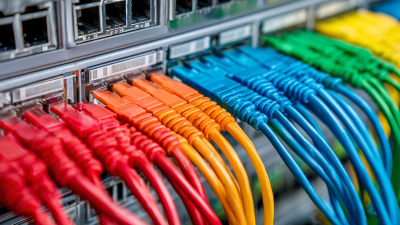
How to Build a Reliable Network with Fiber Optic Connections
-
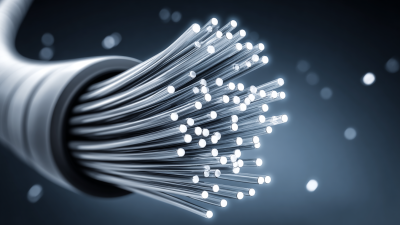
Maximize Your Network Potential with Fiber Cable Insights and Best Practices
-
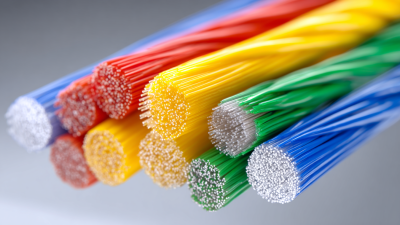
How to Choose Between Cable and Fiber for Your Home Internet Needs
-

7 Essential Tips for Choosing the Best Fiber Optic Termination Kit for Your Projects
-
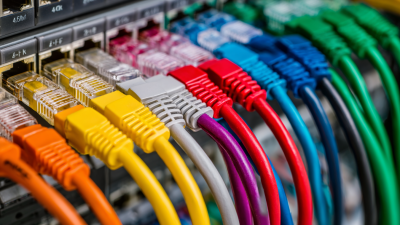
The Ultimate Guide to Choosing the Right Cable Kits for Your DIY Projects
-

Exploring Innovative Alternatives for Effective Wire Management Solutions






